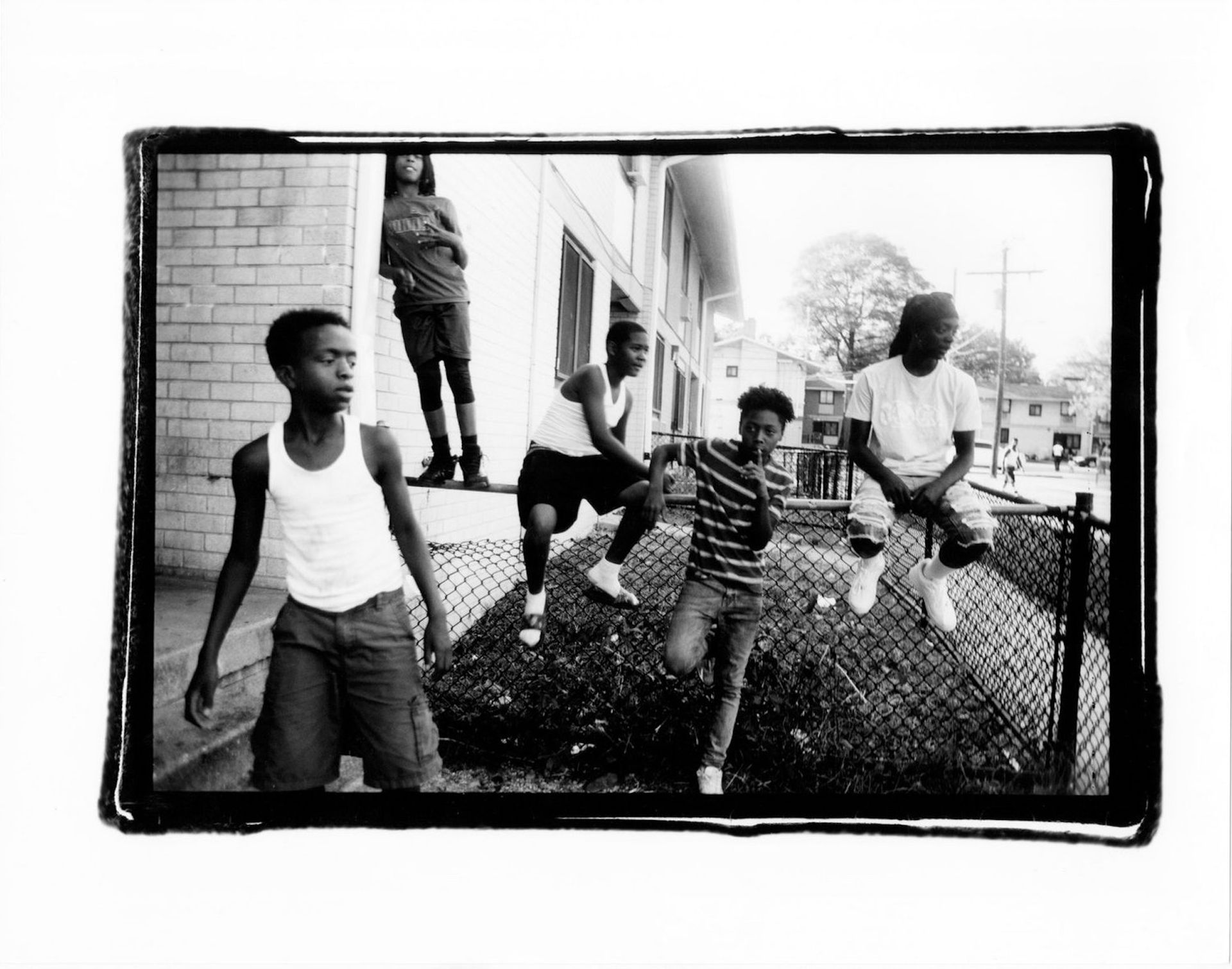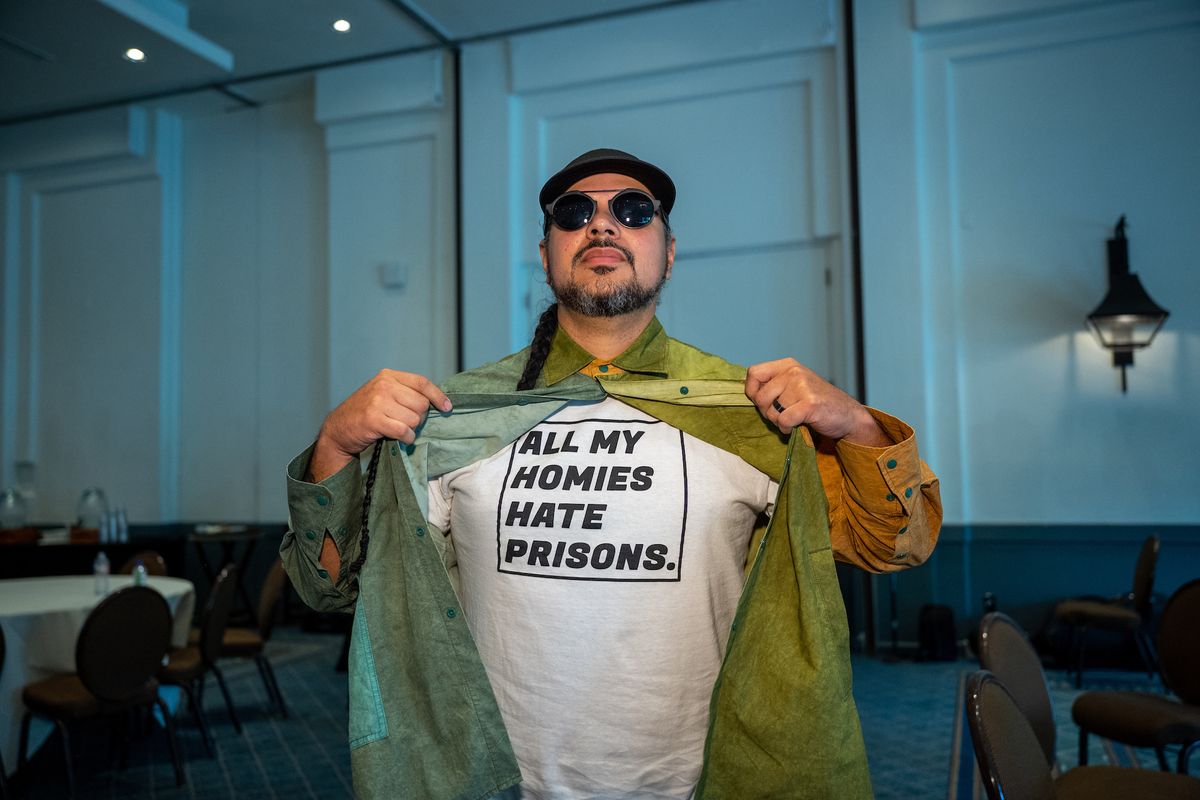The Art for Justice Fund founded by collector, philanthropist and Museum of Modern Art president emerita Agnes Gund to support artists and programmes working to end mass incarceration, has named its final cohort of 20 grantees. Launched six years ago with seed money from the sale of a prized Roy Lichtenstein painting from Gund’s collection and supported through subsequent sales, the initiative will end on a high note with the final disbursements from its $125m reserves.
Over the course of its existence, the fund has collaborated with the Ford Foundation and advisors from Rockefeller Philanthropy to distribute more than 400 grants to over 200 organisations. Following this final round of grants, the fund will cease to operate on 30 June.
“Artists embody the vitality of our society—they often bring the inspiration, truth-telling, and mirrors we need to see the world around us. It’s exciting for Art for Justice to fulfill its mission to support artists including more women artists, who have undoubtedly shaped my life and thinking," Gund said in a statement. “As the fund sunsets, I’m grateful for the artists and advocates working to end mass incarceration, and I hope more donors will support their efforts as our world needs more changemakers.”
Divided into two grant categories, the fund's final grant recipients include organisations and individuals. This season, organisational funding has been given to ten organisations, including to an initiative at the Brooklyn Museum to bolster Mother’s Day programming that prioritises family reintegration; Restore Hope Arkansas, a community-driven non-profit, to support a campaign featuring the work of currently incarcerated artists and intended to reduce gang violence; and Las Imaginistas in Brownsville, Texas, to aid in reducing the impact of incarceration on vulnerable communities near the US-Mexico border.
Another organisational beneficiary is Worth Rises, an advocacy group seeking to dismantle the commercialisation of the criminal legal system. The fund's support will help expand Worth Rises’ #EndTheException campaign, which aims to erase the exception in the US Constitution’s 13th amendment that allows slavery as a “punishment for a crime”, the loophole used to justify exploitative labour practices in jails and prisons.
“Given that it was Ava DuVernay’s film 13th that first inspired Agnes to launch the fund, it is fitting that we conclude our grantmaking with critical support to Worth Rises to expand a national campaign to remove this vestige of legalised slavery from the 13th Amendment of the nation’s constitution” Helena Huang, the fund's project director., said in a statement.
“The gift that Art for Justice gave us goes beyond its financial support—Art for Justice has created a community of artists and advocates from which incredible partnerships have spurred critical social impact,” Bianca Tylek, the executive director of Worth Rises, said.

Beverly Price, WE THE CHILDREN, 2019 Courtesy the artist
One of the ten individual grantees in this final cohort is Beverly Price, a photographer and youth advocate working in Washington, DC. "In order for me to pour into my community through my photography practice and advocacy, I need to have the resources to pour into myself,” Price said in a statement. “When artists are given this kind of support, both financially and emotionally, we have the power to bring about structural and social shifts that can create a more just world.”
Other grantees include Monica Cosby, a poet and artist in Chicago; Haley Greenfeather English, a painter in Albuquerque; and Victor “Marka27” Quiñonez, a graffiti artist and muralist based in New York City.
The Art for Justice Fund has concentrated its advocacy in three primary areas—bail reform, sentencing reform and the cultivation of reentry opportunities for people who were formerly incarcerated.



